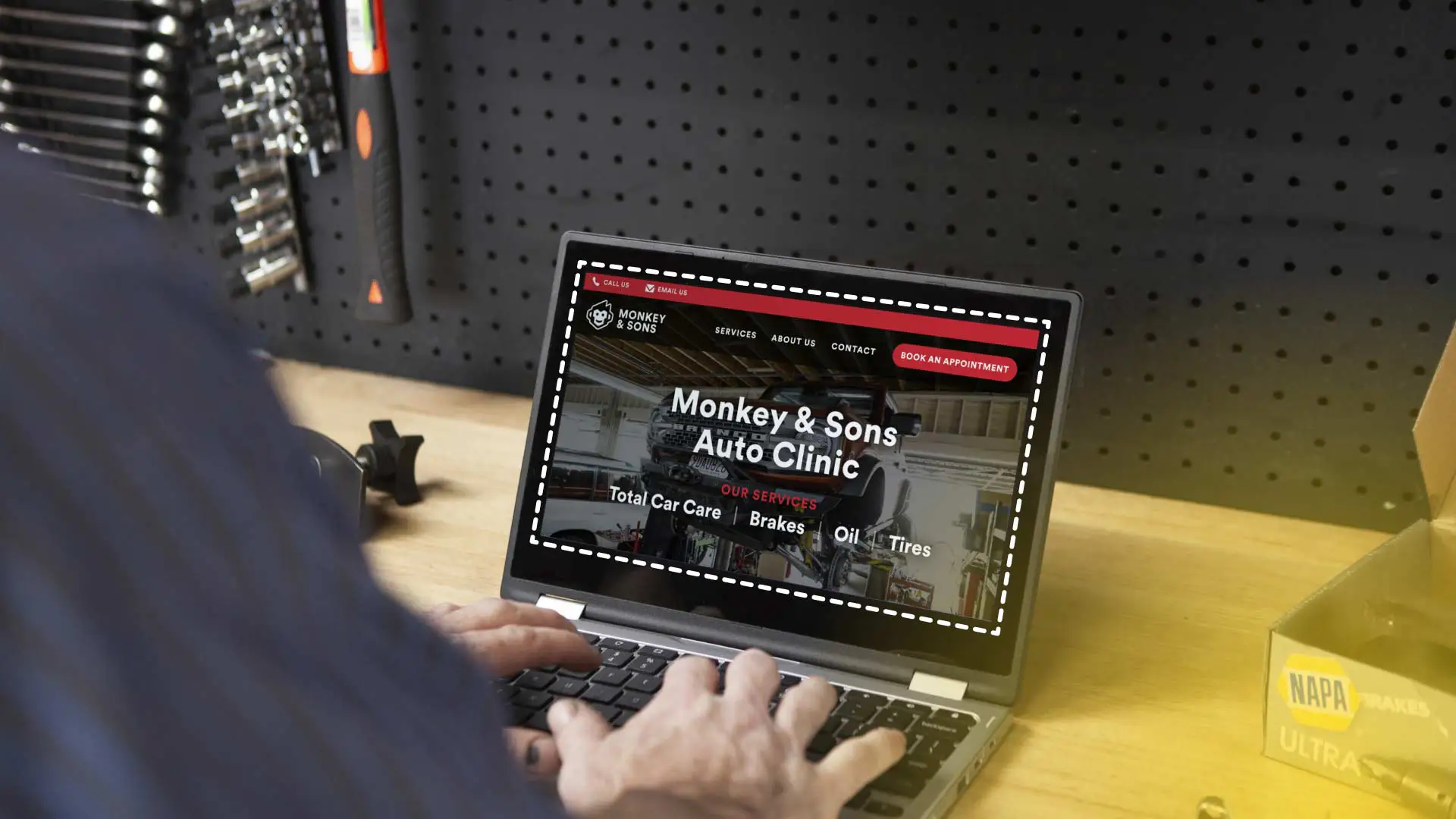Have you ever felt the panic of digging through shelves and boxes in search of a part that seems to have just…disappeared? Your customers are waiting, your techs are at a standstill, and your profits are hanging in the balance. Suddenly, this isn’t a matter of organization anymore—it's now crucial to the overall health of your business.
Streamlined parts inventory management is no longer a luxury; it's the foundation of a thriving auto repair shop. It’s what keeps shelves stocked, customers happy, and the business humming like a well-oiled machine.
If you’re an auto shop owner or decision-maker, whether you specialize in tires, detailing, general repair, or trucks, the following guide will provide you with actionable strategies to tackle those common inventory challenges that may be standing in the way of your business and its true growth potential.
Confronting Challenges
The scenario we mentioned earlier is all too familiar for many mechanics, but dealing with lost or missing parts is just one of the challenges caused by subpar inventory management. Here are a few others.
Overstocking and understocking: Overstocking certain parts can lead to unnecessary expenses and limited storage space, while understocking can result in lost sales and unhappy customers.
Shrinkage: Whether parts are damaged or misplaced, or don’t appear on balance sheets because of administrative errors or other reasons, shrinkage represents a growing problem that directly impacts profits.
Poor internal communication: When employees are unclear on reordering policies and stocking due to poor–or lack of–communication, inventory management can become complicated and confusing.
Fortunately, there are proven strategies to address these issues, or in many cases prevent them altogether.
Part 1: Building a Solid Foundation
First things first: An effective inventory system should always start from the ground up. Locking down some key fundamentals is crucial to helping streamline your parts ordering and management.
Categorize and Classify
Efficiency is a big one. Grouping parts by vehicle make, model, and repair type can mean the difference between quick turnarounds and frustrated customers. One of the best ways to do this is by implementing a clear coding system to easily identify and retrieve parts. Dedicate specific areas in your inventory for especially high-demand parts to ensure they're on hand when you need them.
Embrace the ABC Analysis
Not all parts are created equal. Some are critical to your daily operations, while others collect dust on the shelves. Start by identifying your "A" items—high-value parts that are frequently used—and monitor them closely. And, set reorder points for "B" and "C" items to maintain a balanced inventory without overstocking.
Minimum Inventory Levels
Running out of stock can grind your operation to a halt and damage valuable customer relationships. You can prevent this, however, by using historical sales data to set realistic minimum inventory levels. And be sure to consider supplier lead times, too, so you're never left holding the bag when parts are needed.
Part 2: Supercharge with Technology
We have the technology, so let’s use it! Modern solutions include everything from barcoding systems to automated restocking functions to enhance your shop’s capabilities.
Inventory Management Software
Ditch the spreadsheets and hand counting. Modern software can automate everyday tasks, giving you real-time data and peace of mind. We recommend an all-in-one auto parts inventory management software with features like barcode scanning, supplier integration, and insightful reporting, as well as seamless ordering and accurate tracking to keep your shop running smoothly.
Missing parts and costly delays can be a thing of the past when you have the right inventory management system in place.
The Power of Integrations
A connected system is a smart system. Integrating your inventory software with other tools can streamline your operations and eliminate redundant work. What’s more, combining it with your shop management system allows you to centralize data and further avoid errors. Partner up with suppliers that offer automatic restocking, too, so you never run low on essential items.
Transparency is Key
Knowledge is power, especially when it comes to inventory management. Ensuring your team has all the information they need can prevent misunderstandings and costly mistakes. Give your technicians mobile access to check inventory in real time. And, establish a culture of transparency and open communication to keep everyone engaged and in the loop.
Part 3: Tips to Tailor Your Approach
Forget one-size-fits-all: Customizing your shop’s approach to inventory management will ensure the right parts are always in stock and easily accessible.
Tire Shops
Organize your storage by different tire sizes to make cataloging and inventory management–including visual inspection–straightforward and efficient. Adapt your operations to account for seasonal changes, too. And while you’re at it, build up a network of reliable suppliers to make sure you have ready access to specialty and seasonal tires.
Auto Detailers
Maintain a separate, smaller inventory of cleaning supplies, polishes, and waxes. Use a kitting system to bundle frequently used detailing items. This should aid your overall efficiency and help keep services consistent.
Pro tip: To save even more time, consider offering your customers Canned Services, or otherwise pre-packaging popular items for turnkey add-on opportunities.
General Auto Repair
Keep a variety of parts in stock so you’re ready to cover a broad spectrum of repairs. Also, making use of diagnostic tools to determine what parts are required before placing orders can eliminate guesswork and help avoid unnecessary delays.
Truck Repair Shops
Maintain your stock of specialized parts tailored specifically for heavy-duty vehicles, including suspension components, brake pads and rotors, and high-capacity filters. Establish and strengthen relationships with supply partners who focus on truck parts to ensure all items are high quality and readily available.
Ramp Up Your Inventory Management
Taking control of your parts inventory doesn't have to be overwhelming. By incorporating these best practices, you'll leave chaos in the rearview in favor of a high-functioning, highly efficient operation. Remember, missing parts and costly delays can be a thing of the past when you have the right system in place.
The next step is clear: Streamline your parts management with software that incorporates the key features we discussed here, including:
Inventory management with SKU, MPN, and Manufacturer filters
Real-time inventory tracking with automatic updates for parts add-ons
Low inventory alerts with built-in notifications
Direct parts lookup and ordering from industry-leading vendors
QuickBooks integration to seamlessly manage purchasing
Request a demo of Shopmonkey’s all-in-one auto parts inventory management software today and see for yourself how it can revolutionize your automotive repair business.




